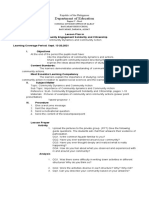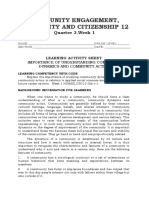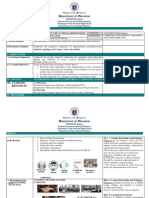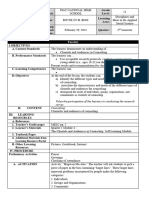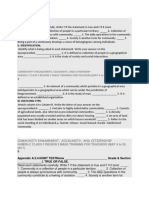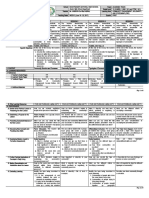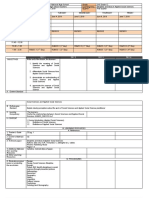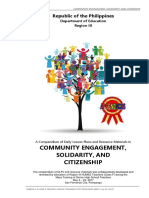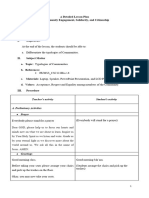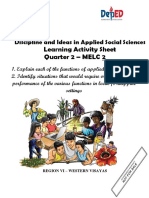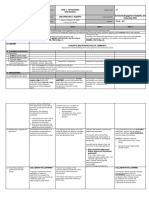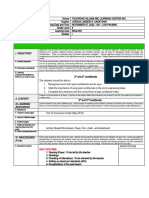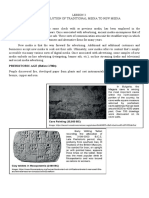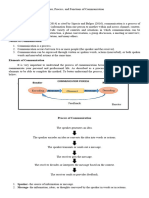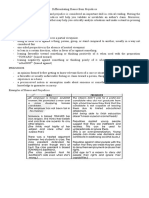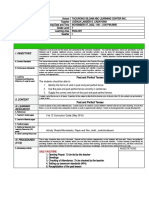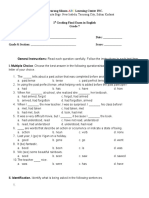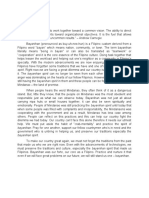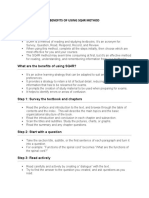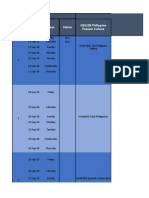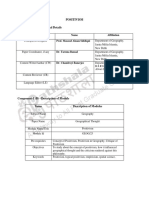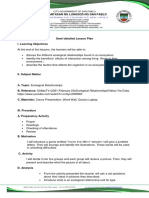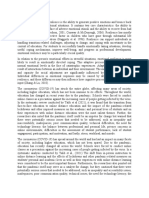0% found this document useful (0 votes)
715 views7 pagesCESC Lesson Plan Purposes of Community Actions
The document provides a semi-detailed lesson plan about community engagement, solidarity, and citizenship. It discusses teaching students about the marginalized sectors of society and different organizations that help them. The lesson plan involves students identifying marginalized groups, assessing how organizations help them, and discussing how this contributes to community development. It also outlines learning objectives and procedures, which include activities where students explore and evaluate their own community while learning about groups that help indigenous peoples, persons with disabilities, and other marginalized sectors.
Uploaded by
Joshua Lander Soquita CadayonaCopyright
© © All Rights Reserved
We take content rights seriously. If you suspect this is your content, claim it here.
Available Formats
Download as DOCX, PDF, TXT or read online on Scribd
0% found this document useful (0 votes)
715 views7 pagesCESC Lesson Plan Purposes of Community Actions
The document provides a semi-detailed lesson plan about community engagement, solidarity, and citizenship. It discusses teaching students about the marginalized sectors of society and different organizations that help them. The lesson plan involves students identifying marginalized groups, assessing how organizations help them, and discussing how this contributes to community development. It also outlines learning objectives and procedures, which include activities where students explore and evaluate their own community while learning about groups that help indigenous peoples, persons with disabilities, and other marginalized sectors.
Uploaded by
Joshua Lander Soquita CadayonaCopyright
© © All Rights Reserved
We take content rights seriously. If you suspect this is your content, claim it here.
Available Formats
Download as DOCX, PDF, TXT or read online on Scribd
/ 7







